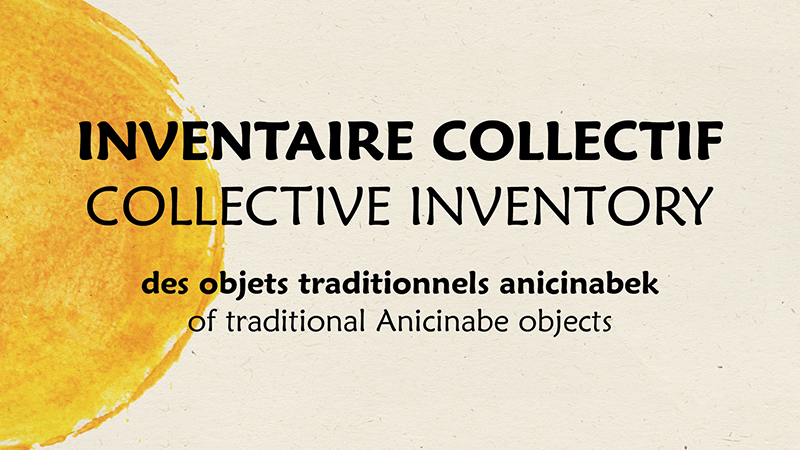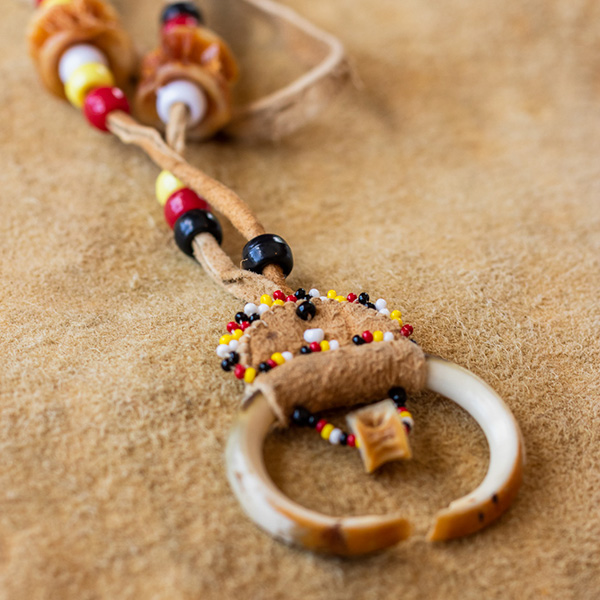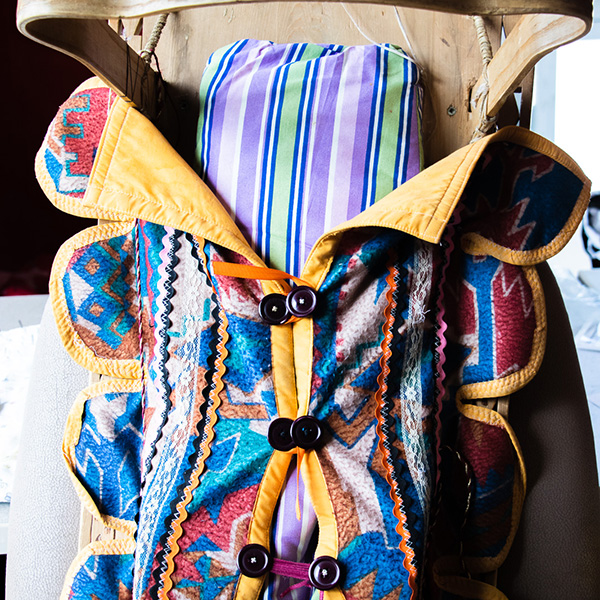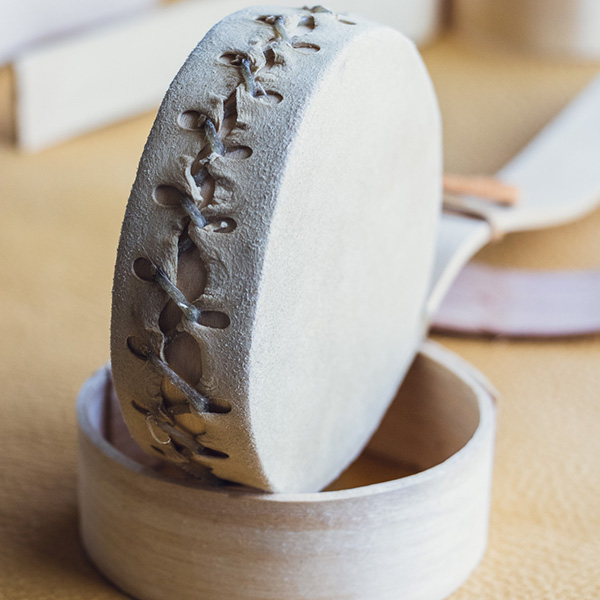Ongoing Project
Virtual library – Nipakanatik
Nipakanatik is a virtual tool for preserving, documenting, and most importantly, sharing in an ethical and respectful way the archives of the Anicinabe Nation. The library is full of texts, audio and video recordings, images, 3D objects and more, in a digital format. It is an indispensable tool for the valorization and affirmation of the Anicinabe identity, as it is culturally appropriate for doing research about it.
In the summer of 2023, we will be going into communities with professional scanning equipment to archive the objects you wish to protect. Help us organize our tour by filling out a form!
Ongoing Project
Virtual Library – Nipakanatik
Nipakanatik is a virtual tool for preserving, documenting, and most importantly, sharing in an ethical and respectful way the archives of the Anicinabe Nation. The library is full of texts, audio and video recordings, images, 3D objects and more, in a digital format. It is an indispensable tool for the valorization and affirmation of the Anicinabe identity, as it is culturally appropriate for doing research about it.
In the summer of 2023, we will be going into communities with professional scanning equipment to archive the objects you wish to protect. Help us organize our tour by filling out a form!
“This project is a work of reparation and reappropriation, with the hope that the transmission of our heritage can get back on course.”
Richard Kistabish, president of Minwashin
« Ni kekina 8atcitcikemakanan, nit’enantekanan acitc ni masinipikanan nisitenakonon acitc ni Kekina 8atcitokoman e ici8eki8ak. »
“Our symbols, colours and designs distinguish and identify us and represent who we are.”
Process
Inspired by the initiative created by the Coop Nitaskinan from the Atikamekw Nation, this project is part of a collaborative process between the Anicinabek communities and Minwashin. With the help of our partners and following our numerous meetings with the communities, we are making an inventory of the different artifacts kept in museums or within the families living on the territory. In addition, historians search the archives for mentions or descriptions of symbols.
We believe in the fair return of decision-making power regarding the management of these collections, which is why we are implementing a collection process and accessibility policies that are transparent and, above all, true to the ethics of the Anicinabe people.
“It’s like looking for our footprints in time.”
– Richard Kistabish
Current Progress
Currently, close to 800 artefacts have been identified within the network of North American museums and over 78,000 pages of archives have been gathered. A series of virtual consultations will serve to catalogue the objects preserved by families in each community. This is also an opportunity to hear and record their history.
The objects and stories will be accessible to all First Nation people through a virtual database currently in development. Many objects will even be presented in 3D.









